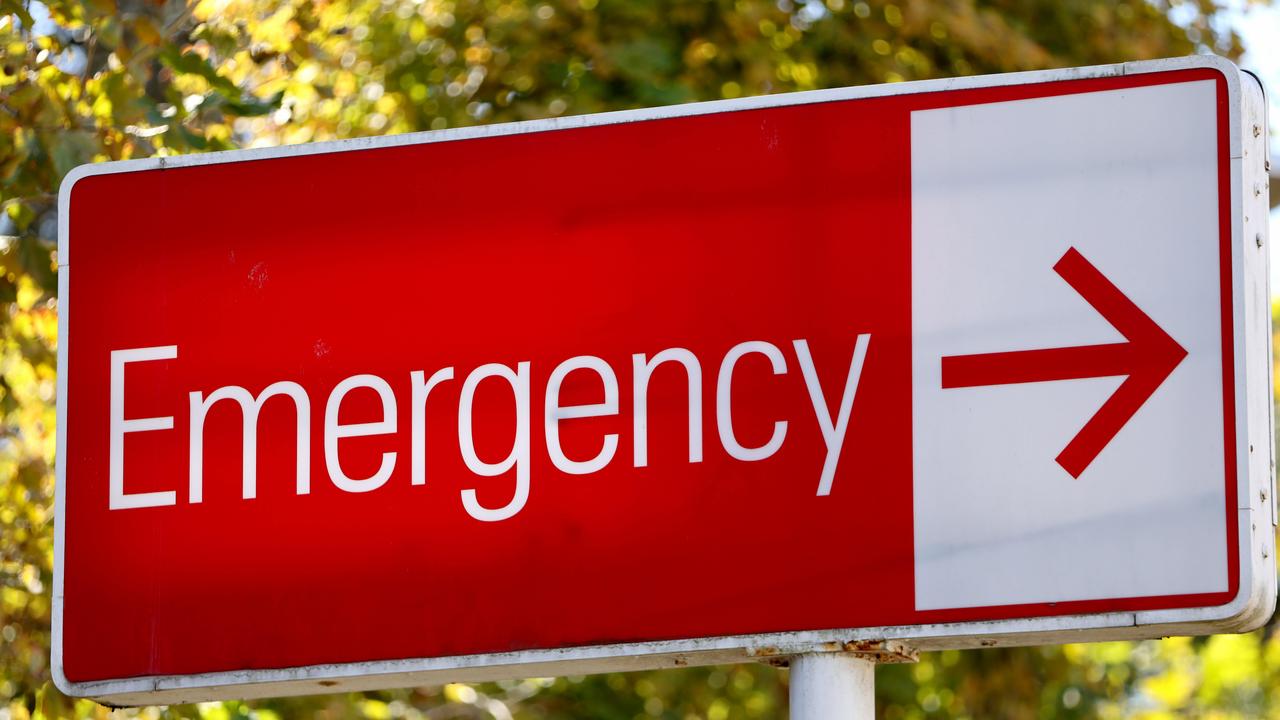Australian Childcare Alliances says an oversupply of centres is hurting the sector
It’s one of the hottest property investment sectors in Australia, but Queensland’s childcare sector faces an oversupply, with 230 new centres costing more than $1bn either being built or in the planning stage. SEE WHERE THEY ARE GOING
QBW
Don't miss out on the headlines from QBW. Followed categories will be added to My News.
It’s one of the hottest property investment sectors in Australia but the childcare industry is at risk of suffering from its own popularity.
Australian Childcare Alliance QLD vice president Jae Fraser said there has been an oversupply of Queensland childcare centres since 2017 and there are more than 230 currently being built or in planning stages.
“The perception is that childcare centres make money and that’s true if you run a really good quality service and in an undersupplied area,” he said.
“You can have a great service but the problem is oversupply. If you have a great barbershop but there are five others opening up around you then your business will probably be worthless.”
According to Cordell Connect research, Queensland currently has just over 1700 childcare centres with 33 completed last year. These long day centres have just over 144,000 licensed places.
In 2022 there are a further 39 childcare centres to be completed and another 197 in various stages of active planning worth about $1bn.

With Government incentives designed to get more people back into the workforce underpinning childcare centres have become one of the hottest property investment sectors.
Clarence Property head of capital Transactions Ben Somerville said government support, standard leases of 15 to 20 years or more and annual rental increases were a strong attraction for investors.
He said the fund manager will acquire its 10th childcare centre this year and location, quality and the right tenant were the major drivers.
“There are some childcare centres that are 15 to 20 years old and are tired,” he said.
“What new centres provide for the kids is quite important like quality equipment and syllabus. “It’s really up to the tenant to provide because as a parent it’s a flight to quality,” Mr Somerville said.
However, Mr Fraser said the wave of new childcare centre were not sustainable which was an issue exacerbated by the building of larger centres.
He said average childcare centre occupancy across the state is now just over 70 per cent.
“So the amount of available places is significantly greater than what it ever was before,” Mr Fraser said.
“Added to this is that with all of these centres being built requiring 20 or 30 educators, the workforce is just not keeping up. While there may be available places for families there are not the educators to deliver the care needed.”
Mr Fraser said corporate giants such as Goodstart and G8 Education have closed centres, particularly on the Gold Coast and in Brisbane while private operators in Toowoomba and North Queensland have had to close because they are no longer viable.
“The reality is that we are seeing operators coming who are not as (well) versed with the sector as they should be and are taking these 30-year leases on brand new DAs (development applications) and not doing the research on supply and demand,” he said.
“We are seeing some operators come to us saying I can’t get my centre over 20 or 30 per cent occupancy. It’s frightening but that’s what’s happening.”

Mr Fraser said it was time local and state governments stepped in.
“We have been calling on state and local government that there needs to be some sort of measure or supply and demand document completed before a DA is approved to say in this region there is a need or not for another childcare centre,” he said.
However, quality childcare centres remain a passive investment of choice for many cashed up investors and increasingly syndicators and funds.
CBRE associate director of retail Darren Collins said prices for quality strategically placed centres brimming with children continue to rise and yields tighten with the sector attracting billions of dollars of investment from around Australia.
And in a competitive environment for the hearts and minds of families, developers are building state-of-the-art childcare centres to create that point of difference.
Mr Collins said childcare centres have evolved from childminding to becoming educational and social skills providers.
“Parents make choices on their education values and we have seen a big trend towards cleaner, fresher more appealing centres,” he said.

This in turn has seen developers and operators try to outdo each other with features such as indoor slides, interactive kitchens, touch and feel gardens, commercial kitchens and chefs, and top of the line security systems.
Mr Collins said good investors do the research on childcare centres.
“All investors generally look at the potential saturation of childcare centres and at the occupancy rate – with those that have an 85 per cent to 90 per cent occupancy usually in high demand,” he said.
“Where they should be built comes down to population and it will also come down to demand because a lot of suburbs don’t have the percentage of double income parents needed for five-day-a-week care for their children.
“Typically suburbs or precincts can handle anywhere between three and five childcare centres and the demand from buyers is for assets in those high growth areas.”





